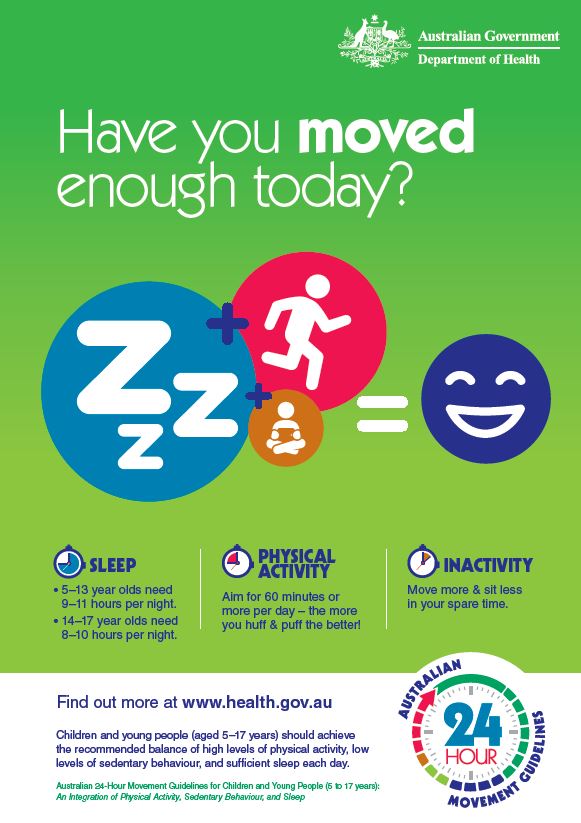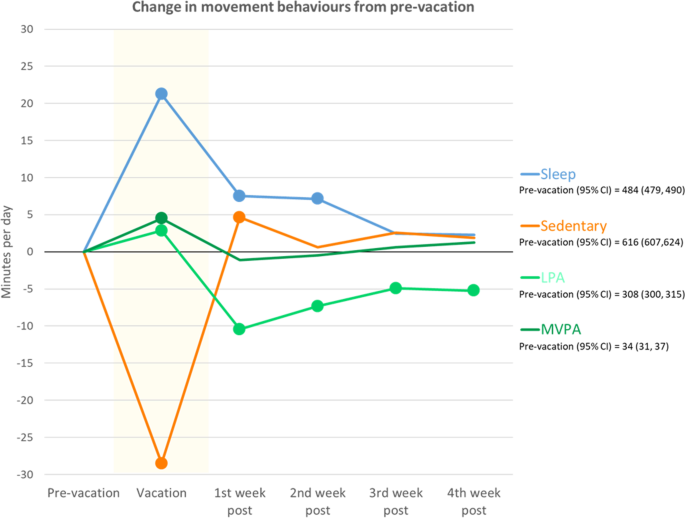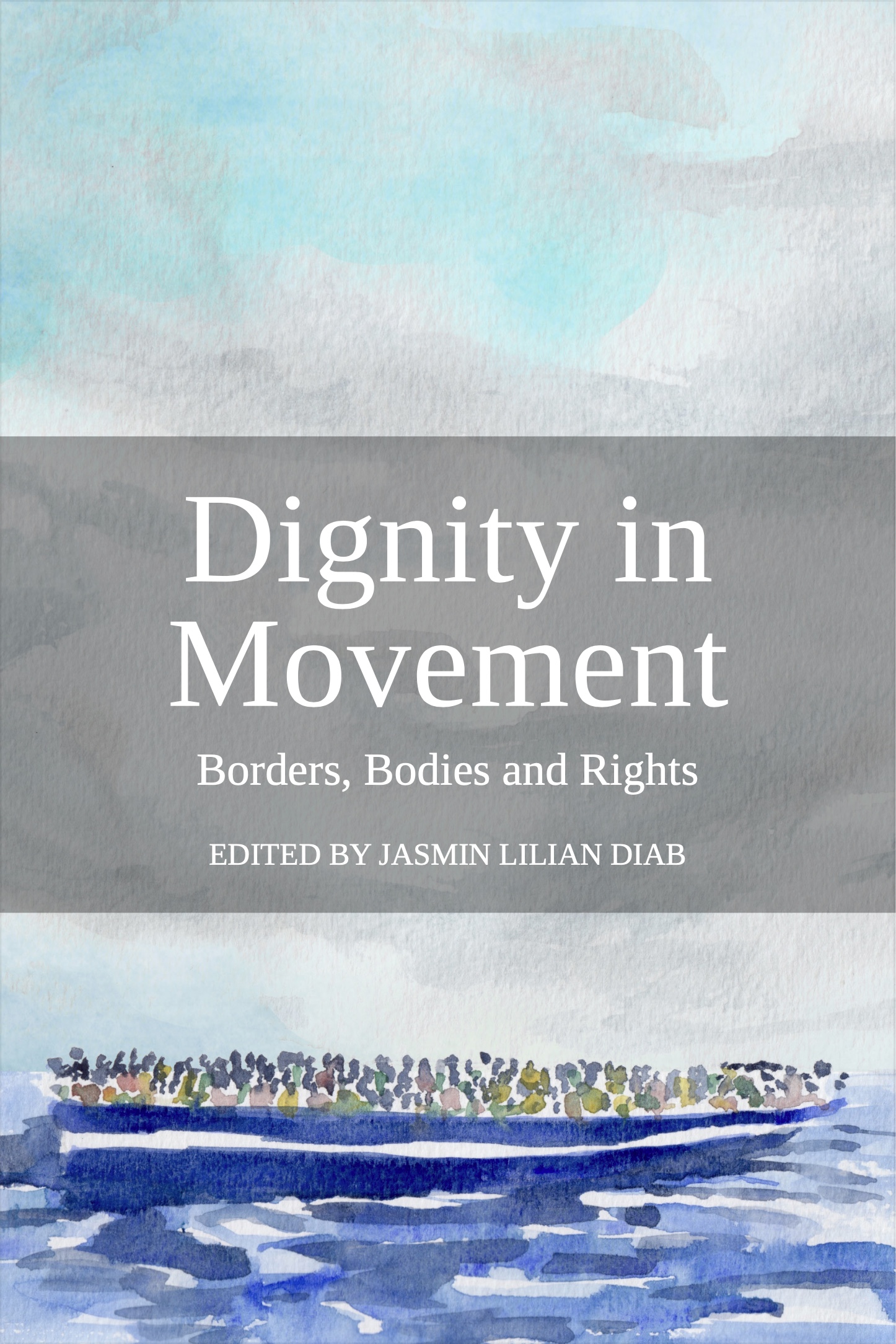How do 24-h movement behaviours change during and after vacation
4.8 (237) · $ 16.00 · In stock
For adults, vacations represent a break from daily responsibilities of work – offering the opportunity to re-distribute time between sleep, sedentary behaviour, light physical activity (LPA) and moderate-to-vigorous physical activity (MVPA) across the 24-h day. To date, there has been minimal research into how activity behaviour patterns change on vacation, and whether any changes linger after the vacation. This study examined how daily movement behaviours change from before, to during and after vacations, and whether these varied based on the type of vacation and vacation duration. Data collected during the Annual Rhythms In Adults’ lifestyle and health (ARIA) study were used. 308 adults (mean age 40.4 years, SD 5.6) wore Fitbit Charge 3 fitness trackers 24 h a day for 13 months. Minute-by-minute movement behaviour data were aggregated into daily totals. Multi-level mixed-effects linear regressions were used to compare movement behaviours during and post-vacation (4 weeks) to pre-vacation levels (14 days), and to examine the associations with vacation type and duration. Participants took an average of 2.6 (SD = 1.7) vacations of 12 (SD = 14) days’ (N = 9778 days) duration. The most common vacation type was outdoor recreation (35%) followed by family/social events (31%), rest (17%) and non-leisure (17%). Daily sleep, LPA and MVPA all increased (+ 21 min [95% CI = 19,24] p < 0.001, + 3 min [95% CI = 0.4,5] p < 0.02, and + 5 min [95% CI = 3,6] p < 0.001 respectively) and sedentary behaviour decreased (-29 min [95% CI = -32,-25] p < 0.001) during vacation. Post-vacation, sleep remained elevated for two weeks; MVPA returned to pre-vacation levels; and LPA and sedentary behaviour over-corrected, with LPA significantly lower for 4 weeks, and sedentary behaviour significantly higher for one week. The largest changes were seen for “rest” and “outdoor” vacations. The magnitude of changes was smallest for short vacations (< 3 days). Vacations are associated with favourable changes in daily movement behaviours. These data provide preliminary evidence of the health benefits of vacations. The study was prospectively registered on the Australian New Zealand Clinical Trial Registry (Trial ID: ACTRN12619001430123).

PDF) How do 24-h movement behaviours change during and after vacation? A cohort study

Change in eating pattern as a contributor to energy intake and weight gain during the winter holiday period in obese adults

Roy Llorens Arenas on LinkedIn: Enhancing clinical trial diversity

How Your Menstrual Cycle Affects Your Behavior

3 Common Dieting Myths Busted By Your Microbiome - Seed

Vacation is good for your health The JOLT News Organization, A 501(c)(3) Nonprofit Organization

Canadian 24-Hour Movement Guidelines for the Early Years (0-4 years)

A collaborative approach to adopting/adapting guidelines - The Australian 24-Hour Movement Guidelines for the early years (Birth to 5 years): an integration of physical activity, sedentary behavior, and sleep

Illustration of the IPL fitting procedure for a representative

The 24-Hour Activity Cycle: A New Paradigm for Physical Activity. - Abstract - Europe PMC

24-hour movement guidelines – children and young people (5 to 17 years) – poster for educators





:quality(85):upscale()/2018/09/07/556/n/1922564/c2f7ba201b82498e_Courtney_Trop_by_STYLEDUMONDE_Street_Style_Fashion_Photography20180906_48A8566FullRes.jpg)











